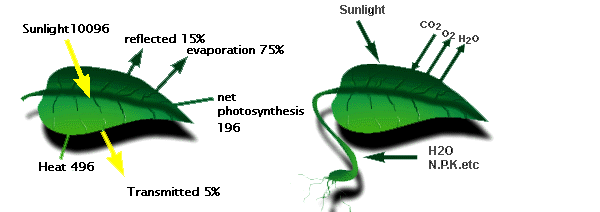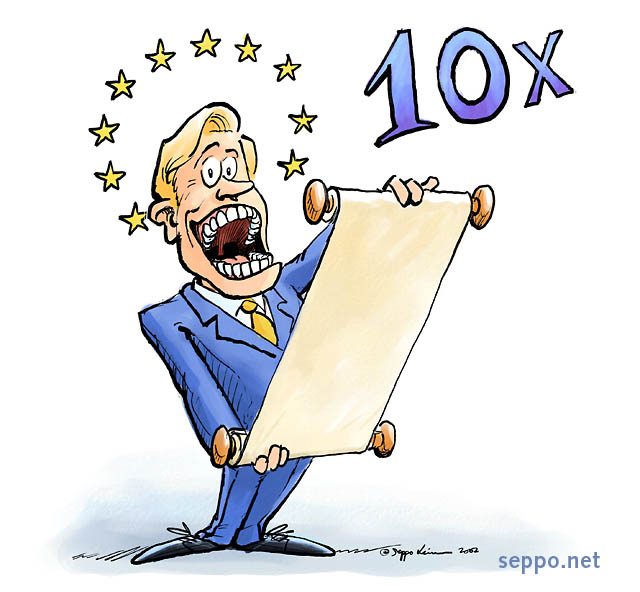Vocabulary:
Ecosystem: Location on the earth that is characterized by the biotic and abiotic factors that interact within it

Gross primary productivity: How fast or slow energy is captured during the process of photosynthesis

Net primary productivity: How fast or slow organic matter is fused into plant tissues for growth

Biomass: All the mass of living matter in a particular area

Standing crop: At a particular time, the amount of biomass present in an ecosystem
Ecological Efficiency: The percentage of usable energy that is transferred as biomass from one level of the trophic level to the next (10%)

Trophic pyramid: Distribution of biomass in the trophic levels

Biogeochemical Cycles: Movement of matter within and between ecosystems. (It involves biological, geologic, and chemical processes)

Macronutrients: Consists nitrogen, phosphorous, potassium, calcium, magnesium and sulfur
Limiting Nutrient: The lack of a nutrient, such as nitrogen, can affect the growth of an organism negatively
Leaching: Removal of dissolved material from the soil

Disturbance: Not necessarily bad, consists of events caused by physical, chemical or biological agents resulting from changes in population, size or community

Resistance: How much an ecosystem can resist change from a disturbance

Resilience: How fast or slow an ecosystem returns to what it originally was after a disturbance

Instrumental value: Usefulness of economic and ecological services to people

Current Event:
http://www.sciencedaily.com/releases/2014/09/140930171526.htm
Summary: Invasive species are plants or animals that are not native to a specific location. There have been various invasive species discovered and severe consequences that they can cause. They can have a negative affect on food webs and ecosystems. These species have been discovered through human activities. In the past, the composition of marine communities have solely depended on factors such as the climate, environment and oceanic barriers but now they are dependent upon human activities. Because of aquaculture, over 60 species have been accidentally discovered especially algae. They continually are being discovered at an exponential rate and their rate of arrival is increasing due to factors such as global warming. The invasions will continue to haunt biodiversity in the mediterranean and more research is needed to understand the effects and changes that these species can have.
Environmental Quote:
I agree with this because bees make honey, and I need honey to survive because I get sick a lot and honey in water is the only substance that can cure me! BUT MORE IMPORTANTLY, bees pollinate plants. If bees don't pollinate the plants then the plants don't produce seeds. If the plants don't produce seeds, then many plant species will simply die out. If plant species die out then we don't get foods such as fruits and vegetables and if we don't get those then I won't be very happy! Many trees will also die out. If many trees die out, then we don't have enough oxygen in the air because plants create oxygen for us. If bees die then we have no food, no oxygen and soon enough no life to live.
Reflection:
Human Impact: Humans impact ecosystems greatly and some of the effects can be detrimental. For example, harvesting trees from a forest can reduce evapotranspiration by reducing plant biomass. By doing this, there are more chances of erosion and flooding that affect many people negatively. Humans can also cause alterations in the hydrologic cycle. Tree harvesting can also affect the carbon cycle. Trees have a lot of carbon stored in them and cutting them and burning them down will cause an excessive amount of carbon to be released in the air. Additionally, humans can alter the nitrogen cycle by putting excess inputs of nitrogen into the soil. This nitrogen can then be transported through the atmosphere leading to the disturbance of species in specific ecosystems. Increase in phosphorus can cause alterations in plant communities. We affect plant communities and add excess phosphorus by doing our laundry because laundry detergents contain phosphorus to make clothes cleaner.
Environmental Impact: Climate is a vital environmental influence on ecosystems. They can affect and impact ecosystems in a variety of ways. For example, warming of the earth could force species to migrate to areas where the weather is more suitable to their survival. Similarly, as sea level rises, the intrusion of saltwater into freshwater can force species to relocate and if they are unable to relocate then they will die. Removing species from the food chain or web can affect the ecosystem as a whole because the element of balance is not present within the community.
Economic Impact: The United States has been spending countless amounts of money due to invasive species, about $138 billion. Many of these animals not only affect the economy but they also affect humans. For example, the pigeon is the most serious pest bird in the United states, and about $1.1 billion dollars have been spent on them. This money has been used to help property and agricultural crops. These viscous creatures also spread over fifty human and livestock diseases. Also, there has been an additional payment of $22 million from the Bureau of Land Management to manage these animals.
Government Legislation: There have been many acts passed to help maintain the balance within environments but one of the most significant of these acts is the NEPA which stands for National Environmental Policy Act. It is part of the Executive Office of the President and does not include specific regulations. It requires all federal agencies to consider the environmental impacts of any major action such as building a dam or making significant changed to a fishery management plan.
No comments:
Post a Comment